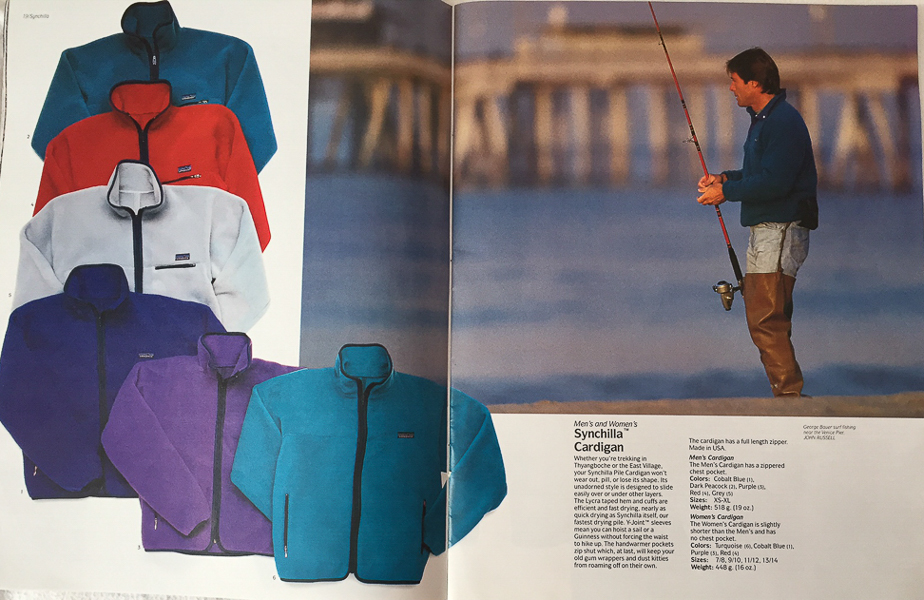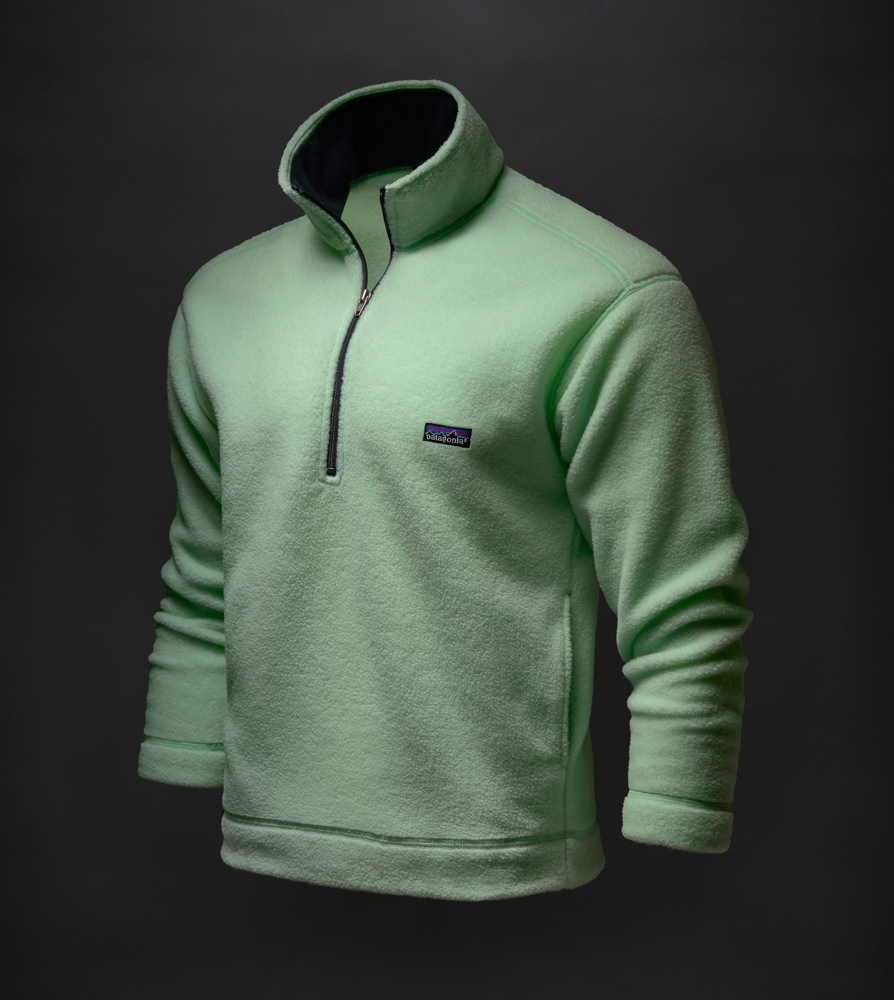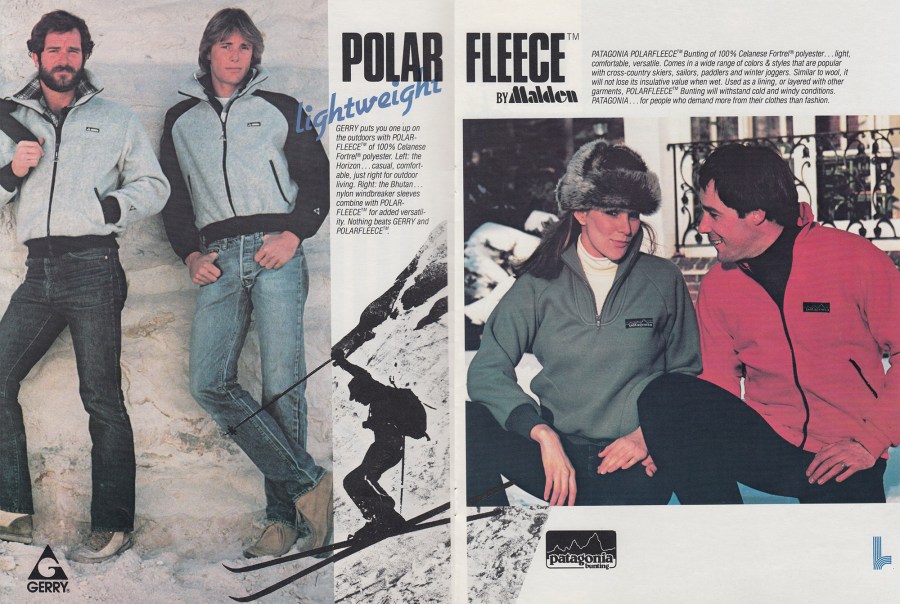Chris Townsend marks the fourtieth anniversary of a revolutionary new fabric, and the thirtieth anniversary of Polartec.
Forty years ago a fabric was launched that transformed what we wear in the outdoors. The company that made that fabric was called Malden Mills and it called this new material PolarFleece. Soon there was a whole family of fabrics. Thirty years ago Polartec became the overall name for this collection of specialist outdoor materials. To celebrate this anniversary Polartec is running a campaign called Peaking Since ’91 “a look back at 30 years of textile innovation by celebrating the partners, products, and people at the core of the outdoor lifestyle”.
Before synthetic fleece arrived wool was the standard for insulation. Fleece however was lighter for the warmth, much faster drying when wet, and far more durable. The precursor to fleece was fibre-pile, a shaggy synthetic material with much the same properties but which wasn’t as soft and quickly looked scruffy. Fibre-pile was functional but not attractive. It only came in dull colours too. Fleece was smarter, neater and quickly available in many bright colours.

Patagonia 1985 catalogue
Fleece came from a collaboration between Malden Mills and Patagonia, which Malden Mills supplied with fibre-pile. When Patagonia wanted a softer, smarter alternative Malden Mills came up with a double-faced polyester fabric, the first fleece. Patagonia called this Synchilla and produced the first garments in 1981. Other companies used Malden Mills PolarFleece name. Within a decade fleece had replaced wool and fibre-pile as the main material for warmwear and just about every outdoor clothing company was making fleece garments.
Fleece didn’t just revolutionise outdoor clothing. It rapidly spread from the outdoors into high street shops and general casual wear. In fact, it became so important that Time Magazine chose Polartec as one of the 100 Great Things of the 20th century.

Patagonia recycled fleece
In the thirty years Polartec has been around it has developed many new materials from wicking polyester for base layers (Power Dry) through to synthetic insulation (Polartec Alpha) and waterproof/breathable fabrics (NeoShell). Polartec has also become a leader in post-consumer recycling. The first fleece made from recycled plastic bottles was launched in 1993 and to date Polartec has recycled over 1.8 billion plastic bottles. Most recently Polartec has reduced micro-fibre shedding during washing by over five times with its latest fleece, Power Air.
It all began with fleece though. And fleece is still hugely successful. I expect just about everybody who reads this has at least one fleece garment. We all owe much to Malden Mills/Polartec and Patagonia.








